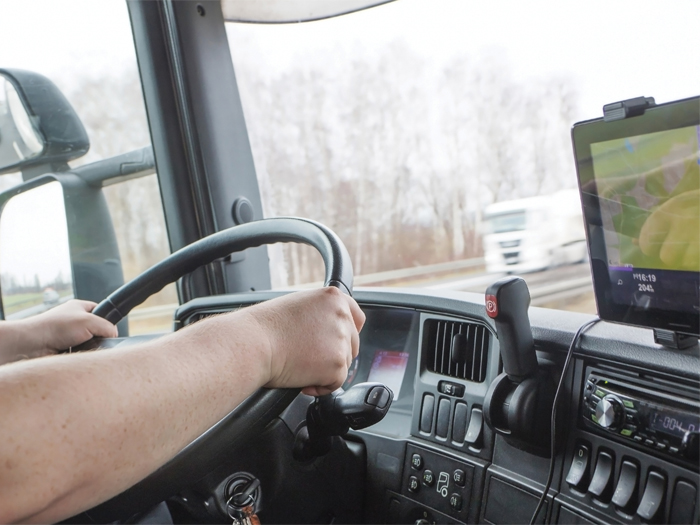Website Accessibility Lawsuits Are Up 177%; Domino’s Is the Latest Offender

Want to order a pizza from Domino’s? Get ready for some app and website updates.
The Supreme Court declined to hear an appeal from the pizza chain on Monday about whether or not they’re required to make their website accessible to blind customers, causing a ruling from the Ninth Circuit Court of Appeals to stand.
A blind customer sued the company after he was unable to use screen-reading software to fully access the website.
The appellate court ruled that blind customers can sue the pizza chain under the Americans with Disabilities Act.
Domino’s isn’t the only business under fire, however. In 2018, there were 2,258 federal ADA lawsuits over allegedly inaccessible websites — up 177% from the year before, according to the Philadelphia Inquirer.
The Case At a Glance
Domino’s asked the Supreme Court to rule that the ADA didn’t apply to websites and apps because the 1990 law predated the proliferation of the internet and mobile technologies, and therefore, there were no firm rules for companies to comply with to make their sites and apps accessible.
They also argued the ever-changing nature of apps and websites contributed to making their accessibility difficult.
“Each defendant must figure out how to make every image on its website or app sufficiently accessible to the blind, how to render every video or audio file sufficiently available to the deaf, or how to provide content to those who cannot operate a computer or mobile phone,” Domino’s argued.
“Businesses and nonprofits must maintain that accessibility as their online content constantly changes and grows through links to other content.”
The court ruled that Domino’s is required by law to provide “auxiliary aids and services” making visual materials accessible to visually impaired customers because they are a place of public accommodation. This applies even to websites and apps used outside of the restaurant.
More Lawsuits to Come
The ruling is sure to fuel an already growing trend of ADA compliance lawsuits focusing on website accessibility, and it may cause businesses to take these concerns more seriously.
The majority of these lawsuits are arising from three law firms. Oftentimes, the plaintiffs are living in different cities than the one where the business they are suing is located, the Inquirer reports. One Manhattan woman, for example, sued seven Philadelphia-area restaurants.
Plaintiffs claim that they are championing for the equality of disabled people.
While lawsuits are taking off, big business groups in the U.S. are speaking out against them.
The U.S. Chamber of Commerce said in a brief to the Supreme Court, “uncertainty and related litigation costs hurt businesses … And the surest way to avoid such costs is to reduce online offerings and innovations in the first place, hurting consumers — including the very individuals the ADA seeks to protect.”
Some in the hospitality industry have called for a “notice and cure” period, similar to how RIMS called for an end to drive-by lawsuits. This policy would give businesses time to come into compliance before they’re issued a violation. &










